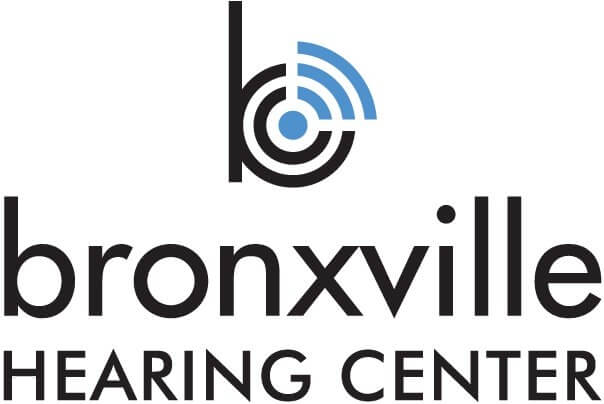FAQ
Hearing aids can cost a few hundred dollars all the way up to several thousand dollars. This dramatic range is due to the vast differences in technology and services included. Some people need only basic technology and may do well with over-the-counter devices that they purchase and use on their own without any additional help. Others need more advanced technology and/or assistance with the devices. We offer over-the-counter or refurbished devices, as well as prescriptive devices ranging from basic to the most cutting-edge technology. We can work with any budget and will help determine what the best devices/services are for you.
Have Questions?
Please call us at (914) 337-0018 or email us using the “Contact Us” link below.
Contact Us

